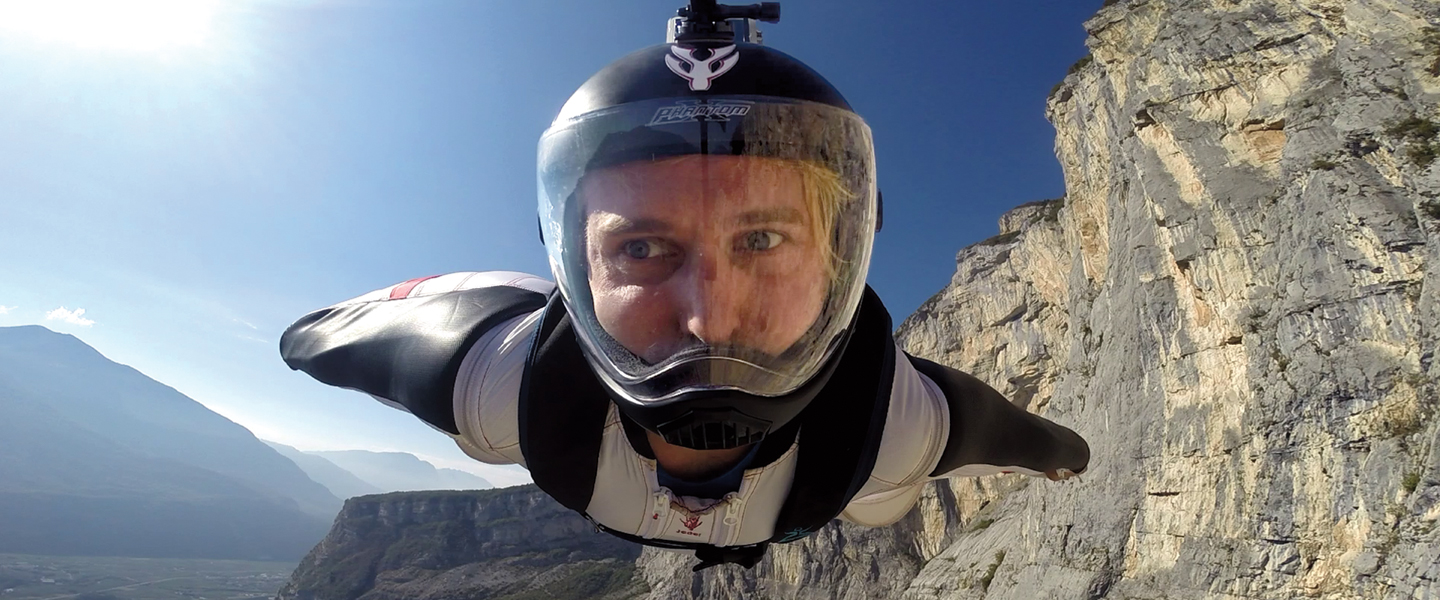What if your homework was to design a new flight suit to help skydivers go farther and faster than ever before? And when you finished, your teacher put on that flight suit and jumped out of an airplane?
That’s the assignment for engineering students at the University of Southampton in England. Their instructor, Angelo Grubisic, isn’t just an engineer. He’s also a skydiver. He hopes to use his students’ creation, called a wingsuit, to make a record-breaking jump.
What if your homework was to make a new flight suit? It would help skydivers go farther and faster than ever before. And what if your teacher put on that flight suit and then jumped out of an airplane?
That’s the project for a group of engineering students. They go to the University of Southampton in England. Their teacher is Angelo Grubisic. He isn’t just an engineer. He’s also a skydiver. His students’ creation is called a wingsuit. He hopes to use it to make a record-breaking jump.

